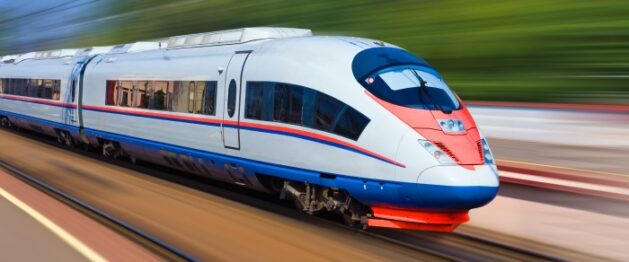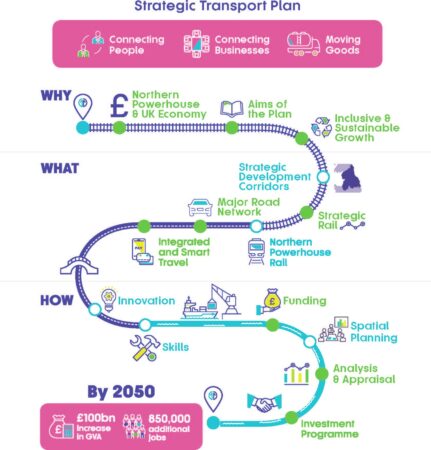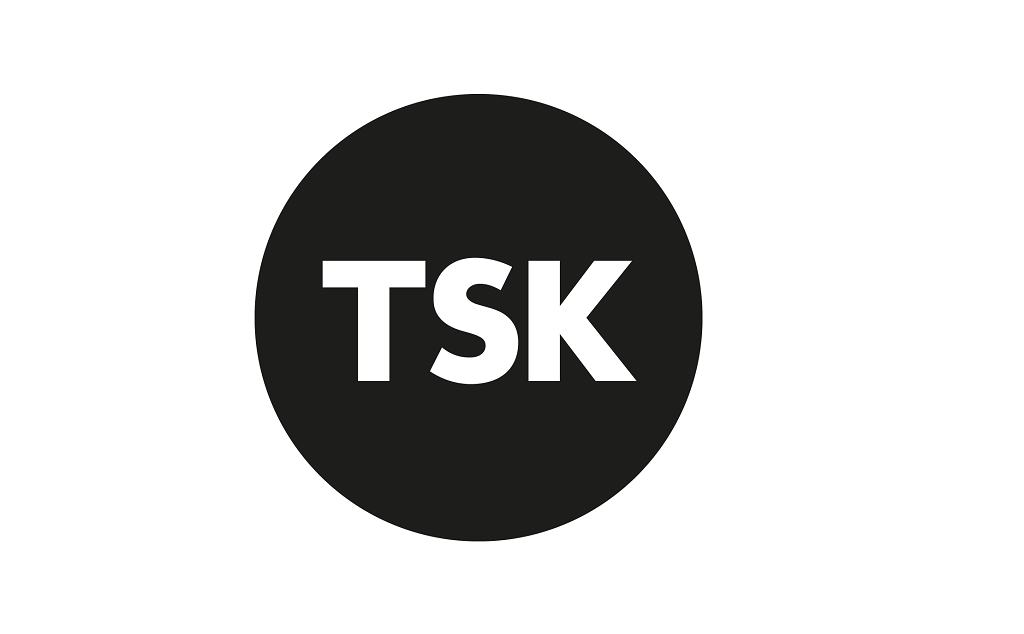Strategic Transport Plan for the North: masterplan or missed opportunity?

Transport for the North published its Strategic Transport Plan this week. But is it transformational, or an over-optimistic wish-list? The plan is set to be approved by the TfN Board on 7 February. Even to have got the agreement of councils right across the North – including those who will not directly benefit from these proposals – is a major achievement. Speaking with one voice can only make the North stronger.
What is it going to do?
 The plan has a lot of good projects. It aims to move more people and goods around the North more quickly and easily, to boost our economy and create jobs and wealth:
The plan has a lot of good projects. It aims to move more people and goods around the North more quickly and easily, to boost our economy and create jobs and wealth:
Integrated and Smart travel across public transport. From 2020, if the plan works, we’ll be able to use our contactless payment cards on all forms of public transport with a tap on/tap off and a “fair price promise”. London’s Oyster card will be 17 years old in 2020.
More trains on existing rail lines, improved stations, increased peak rail capacity on key routes, HS2 and Northern Powerhouse Rail. That means a new high-speed line between Manchester, Bradford and Leeds, plus a new high-speed route from Manchester to Liverpool via Warrington. It delivers an upgraded East Coast line From Leeds to Newcastle via Durham and York. It gives better, faster train journeys from Manchester to Sheffield and Doncaster via Stockport, and from Manchester to Leeds and Hull via Huddersfield. Linking in with HS2, it gives faster and higher capacity journeys not only between northern towns and cities but also to Birmingham, London and beyond.
Improvements to the Strategic Road Network, to improve connectivity along key routes across the region.
It represents a key part of the economic transformation of the North, projected to create 850,000 new jobs by 2050.
What is it not going to do?
Two key things are not going to happen as a result of this report. The Government is not going to suddenly find the £70 billion cost down the back of a ministerial sofa. TfN’s original pitch was to be a decision-making body, but that didn’t happen. It’s a consultee. So this report – good as it is – is one piece of evidence the Department for Transport will consider when deciding what (if anything) should happen.
The report also doesn’t cover transport within cities. That isn’t a criticism: it isn’t TfN’s job. But it is important.
Far more people travel to work within city regions than between them. Although big, expensive, shiny projects like high speed trains get more attention, the day-to-day challenge of ensuring that people can travel easily, cheaply and conveniently within their city region is more important in boosting the economy and increasing jobs and social inclusion.
And while local trains and trams are vital, they can’t match the importance of another form of public transport: the unloved bus network. Buses have seen declining passenger numbers and rising fare prices pretty much everywhere outside London, and are seeing subsidised routes cut left, right and centre, but they remain by far the best-used and most flexible form of public transport. Fix the buses, boost the economy.
The verdict
Transport for the North has produced a good, solid report. It sets out the objectives and builds an evidence-led case for sensible transport improvements. The £70 billion price tag sounds like a lot, but would be spread over years or even decades. To give it some context, £70 billion would fund the NHS for about seven months, and is just double the likely cost of Crossrail 2: a single train line planned for London and the South East. Uniting political leaders across the region is a major achievement that should not be under-estimated.
But a transport strategy that spends billions on high-speed trains while allowing the bus network to wither on the vine is a strategy that is doomed to fail. If the North’s economic goals are to be realised, we need better buses, cycling infrastructure, local trains and trams and well-maintained local roads. High speed rail alone will not be enough, no matter how sleek and sexy the trains look.
BECG is the largest PR, communications and public affairs agency specialising in the Built Environment. Get in touch for a chat about how we can help your business.
Selected industry experts bring you insight and expert advice, across a range of sectors.
Subscribe for free to receive our fortnightly round-up of property tips and expertise
Selected industry experts bring you insight and expert advice, across a range of sectors.
Subscribe for free to receive our fortnightly round-up of property tips and expertise





